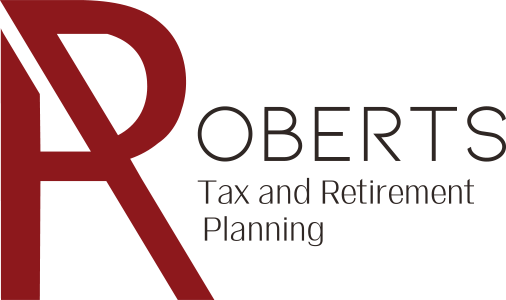The rules for determining capital gains on homes before 1997 were complicated. Therefore, congress passed the Taxpayer Relief Act to simplify the process and to provide relief for taxpayers on home sales. In most circumstances, taxpayers owe no tax on the gain from home sales, up to $250,000 for individuals or $500,000 for married, filing jointly couples. Naturally, there are some details.
Primary Residence
The property must have been the taxpayer’s primary resident. Primary resident under IRS rules is largely the common sense meaning, but a definition does exist so conformance with the rule should be established.
Two of Last Five Years
The taxpayer must have lived in the home two of the last five years. If taxpayers leave a residence and convert it to a rental, it can still be eligible for the zero-tax break. However, care must be exercised to sell it soon enough to meet this rule. The two-year rule also does not specify consecutive years of occupancy.
Once Every Two Years
A rare situation involves taxpayers who own two homes and occupy them in alternating years. At the end of four years, the taxpayer would have occupied each home two of the last five years. However, taking this exemption can only be done every two years. Planning the timing of home sales would yield a significant tax advantage.
A Great Deal
Even if it becomes necessary to pay capital gains on home sales, capital gains rates are still low as compared to most income brackets. However, the zero percent rate cannot be beat. Compared to many income tax rules the home sale capital gain tax break is fairly uncomplicated. If you would still like some help to confirm that your situation qualifies or this break, please contact us.






